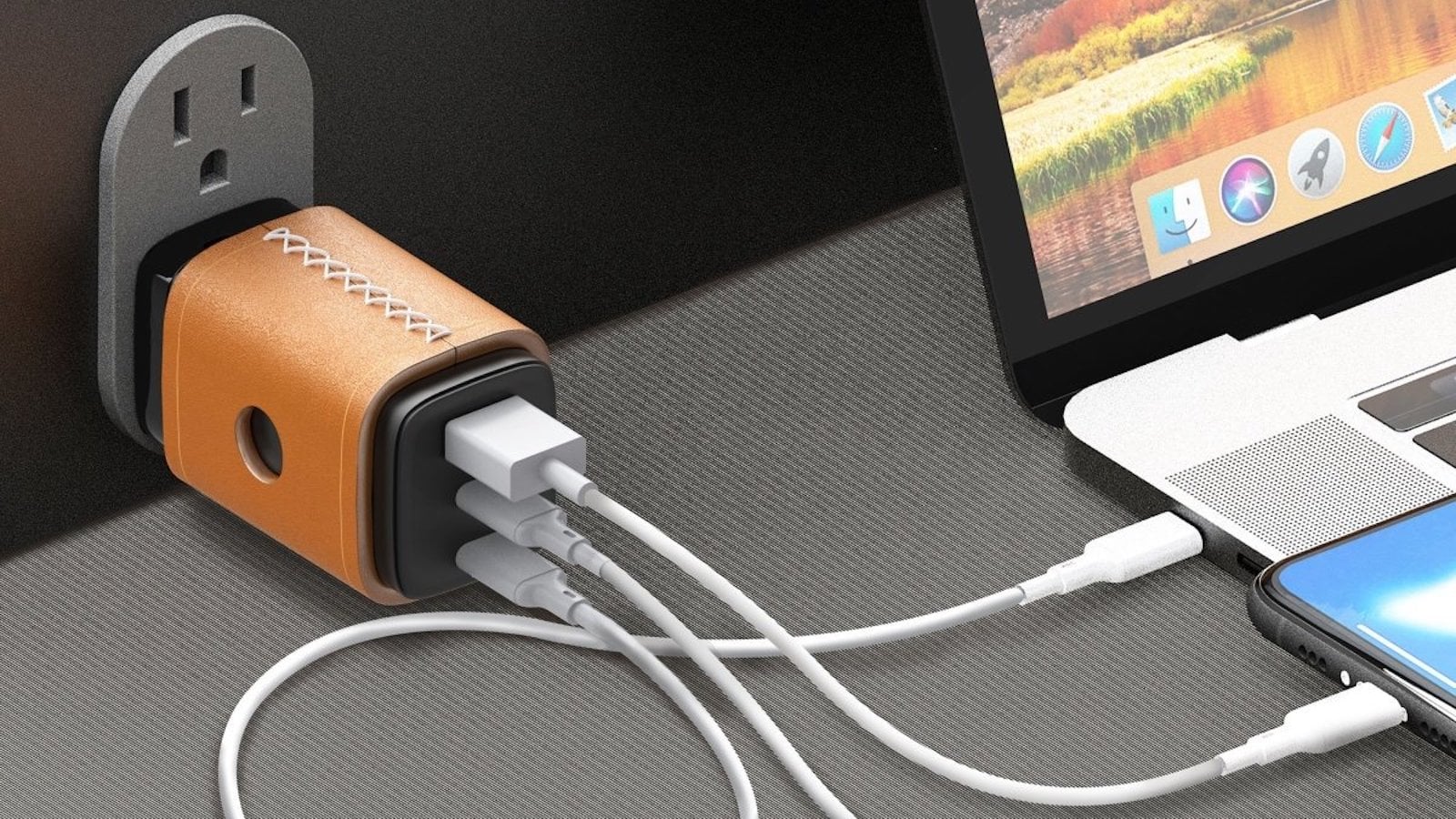
PD Chargers Explained: Benefits, Compatibility, and Usage Tips
- by Touseeq Muhammad
- Posted on July 27, 2024
PD chargers are revolutionizing the way we charge our devices, providing faster and more efficient charging solutions. Understanding the benefits, compatibility, and best practices for using PD chargers can help you make the most of this advanced technology.
What is a PD Charger?
A PD charger uses the USB Power Delivery (PD) standard, which allows for higher power transfer through a USB connection. Unlike traditional chargers, which are often limited in power output, PD chargers can deliver up to 100 watts of power. This makes them suitable for a wide range of devices, from smart phones and tablets to laptops and gaming consoles.
Benefits of PD Chargers
- Faster Charging Speeds: One of the primary benefits of PD charger is their ability to charge devices much faster than standard chargers. This is particularly useful for modern devices with larger batteries that require more power to charge efficiently.
- Universal Compatibility: PD chargers are designed to work with a wide range of devices. This means you can use the same charger for multiple gadgets, reducing the need for multiple chargers and cables.
- Improved Efficiency: PD chargers are more efficient at power delivery, meaning they can charge devices with less energy loss. This not only speeds up the charging process but also conserves energy.
- Enhanced Safety: PD chargers are equipped with advanced safety features, such as over-voltage protection, over-current protection, and temperature control. These features help protect your devices from potential damage during charging.
- Versatility: With the ability to deliver up to 100 watts of power, PD chargers can handle a variety of devices, from small wearables to powerful laptops. This versatility makes them a valuable tool for anyone with multiple devices.
Compatibility of PD Chargers
PD chargers are designed to be highly compatible with a range of devices, but it’s important to ensure your devices support the PD standard to take full advantage of the benefits. Here are some key compatibility considerations:
- Device Support: Most modern smartphones, tablets, and laptops support PD charging. However, older devices may not be compatible. Check your device specifications to ensure compatibility with PD charging.
- USB-C Connectors: PD chargers typically use USB-C connectors, which are becoming the standard for many devices. Ensure your devices have USB-C ports or use appropriate adapters.
- Cable Quality: The quality of the charging cable can affect the performance of PD chargers. Use high-quality, certified cables to ensure optimal charging speeds and safety.
- Power Output Requirements: Different devices have varying power requirements. PD chargers can adjust their power output based on the device they are charging. Ensure your charger meets the power needs of your device.
Usage Tips for PD Chargers
To maximize the benefits of PD chargers and ensure safe and efficient charging, follow these usage tips:
- Check Device Specifications: Before using a PD charger, verify that your device supports PD charging and that the charger’s power output matches your device’s requirements.
- Use Certified Accessories: Always use certified PD chargers and cables to ensure safety and optimal performance. Non-certified accessories can lead to slower charging speeds and potential damage to your devices.
- Monitor Charging Temperatures: While PD charger have built-in safety features, it’s good practice to monitor your device’s temperature during charging. If your device becomes excessively hot, disconnect it from the charger.
- Avoid Overloading: Do not overload your PD charger by connecting multiple high-power devices simultaneously. This can lead to reduced charging efficiency and potential damage to the charger.
- Regularly Inspect Cables and Chargers: Regularly check your cables and chargers for signs of wear and tear. Damaged cables can lead to inefficient charging and pose safety risks.
- Unplug When Not in Use: When your device is fully charged, unplug it from the PD charger. This helps conserve energy and prolongs the lifespan of both your device and the charger.
Conclusion
PD chargers offer a host of benefits, including faster charging speeds, universal compatibility, improved efficiency, enhanced safety, and versatility. By understanding the compatibility requirements and following best practices for usage, you can make the most of this advanced charging technology. Whether you’re looking to charge your smartphone, tablet, or laptop, PD chargers provide a reliable and efficient solution for keeping your devices powered up and ready to go.
PD chargers are revolutionizing the way we charge our devices, providing faster and more efficient charging solutions. Understanding the benefits, compatibility, and best practices for using PD chargers can help you make the most of this advanced technology. What is a PD Charger? A PD charger uses the USB Power Delivery (PD) standard, which allows…